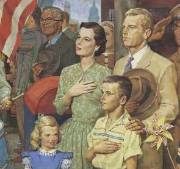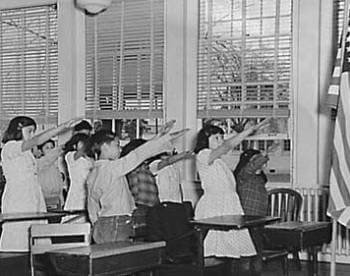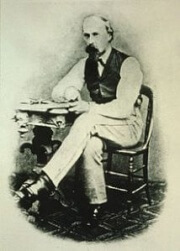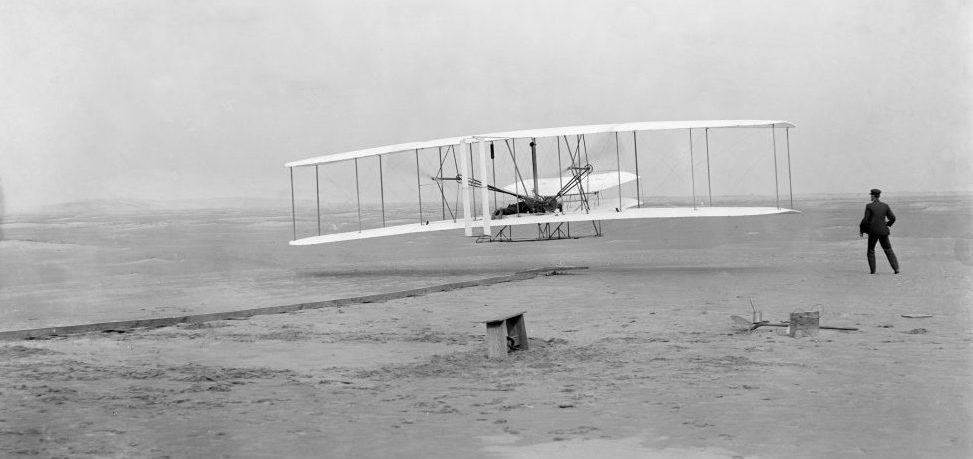December 28 is Pledge of Allegiance Day
 Today is Pledge of Allegiance Day. We’re not sure why it is celebrated today since it doesn’t correspond to any date we can find regarding its origins, usage or changes. We do know this: the words many of us grew up saying have a fascinating history.
Today is Pledge of Allegiance Day. We’re not sure why it is celebrated today since it doesn’t correspond to any date we can find regarding its origins, usage or changes. We do know this: the words many of us grew up saying have a fascinating history.
The Pledge of Allegiance was written by minister and Socialist Francis Bellamy in 1892. It was published in children’s magazine The Youth’s Companion to coincide with celebrations of the 400th anniversary of Christopher Columbus’s arrival, on October 12, 1492, in the Americas. (It was later revealed he had landed on an island in the Bahamas. Close enough.)
Bellamy designed it to be recited in 15 seconds. It read:
I pledge allegiance to my Flag and the Republic for which it stands, one nation, indivisible, with liberty and justice for all.
Just here arose the temptation of the historic slogan of the French Revolution which meant so much to Jefferson and his friends, ‘Liberty, equality, fraternity.’ No, that would be too fanciful, too many thousands of years off in realization. But we as a nation do stand square on the doctrine of liberty and justice for all…
On June 29, 1892, President Benjamin Harrison issued Proclamation 335, making the public school flag ceremony the center of the first Columbus Day celebrations. Children raised money for more than 25,000 flags to be raised that day.
The National Flag Conferences of 1923 and 1924 altered the words slightly, resulting in this version:
I pledge allegiance to the Flag of the United States of America and to the Republic for which it stands, one nation, indivisible, with liberty and justice for all.
The words “under God” weren’t added until 1954, mainly as a response to Communist threat. President Dwight D. Eisenhower declared:
In this way we are reaffirming the transcendence of religious faith in America’s heritage and future; in this way we shall constantly strengthen those spiritual weapons which forever will be our country’s most powerful resource in peace and war.
Largely forgotten but more controversial in its day than religiosity or idolatry was the original salute to the flag. The Bellamy Salute required citizens to straighten their right arms at a slightly upward angle, palm down, fingers pointing forward. They then held still this stiffened position until the end of the recitation, when they would immediately drop their arms to their sides.
It bore a striking resemblance to a Nazi salute. Richard J. Ellis, in To the Flag: The Unlikely History of the Pledge of Allegiance, wrote that “the similarities in the salute had begun to attract comment as early as the mid-1930s.” On December 22, 1942, Congress amended the Flag Code, decreeing that the Pledge of Allegiance should “be rendered by standing with the right hand over the heart.”
Happy Pledge of Allegiance Day!
Sources:
cnn.com
ushistory.org
smithsonianmag.com
![]()





